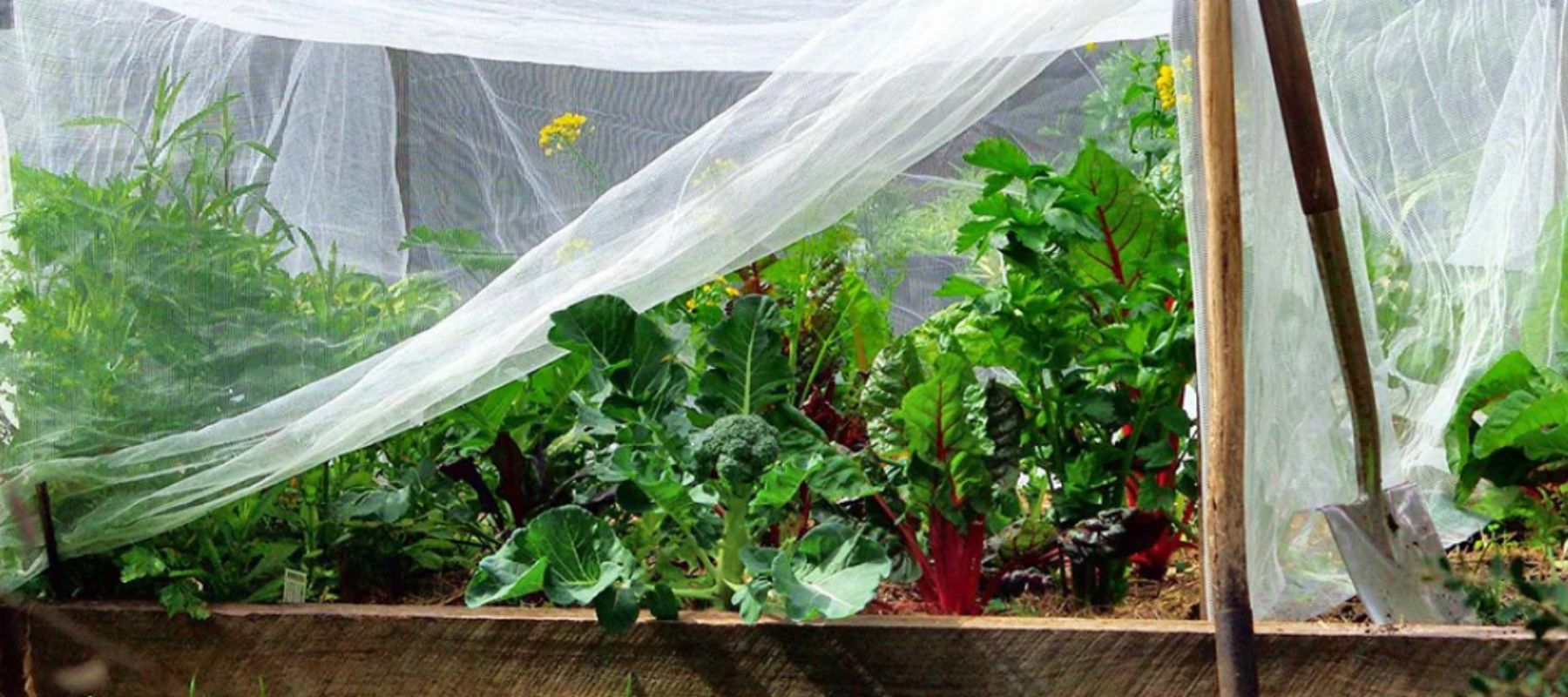Lesson 6 - Integrated Pest Management (IPM)

Control of pest animals, plant diseases, and weeds has been part of crop production ever since humans became farmers. For much of that time the techniques available would have been based on labour (this is especially true of weed control) and the potential for crop losses and subsequent food shortages must have been severe. While there is evidence of chemicals being used in crop protection for a long time (e.g. use of pyrethrum for insect control in Persia 2,500 years ago), over the last few centuries, the use of chemicals to assist with pest and disease management has become more much more important.
Chemicals used in gardens today have moved from naturally occurring (but not necessarily safe) materials like arsenic, nicotine, petroleum derivatives, copper and sulphur, to the vast array of synthetic compounds that are available today. While the use of chemicals is superficially appealing (easy to use, effective, lower labour requirement) for a number of reasons it has become evident that relying solely on chemicals to control pest organisms is not wise. Some of the downsides of chemical use are development of resistance in target species, non-target effects on beneficial organisms and on the environment in general, human health concerns, sustainability issues, and the cost of chemicals. In most cropping situations now, the approach of integrated pest management (IPM) is used. IPM uses as many approaches to managing a pest or disease problem as possible, with the aim of reducing dependence on chemical controls. Chemicals become the last approach rather than the only approach used.
Prevention by good site selection and preparation, the use of species tolerant of site conditions and resistant cultivars, sanitation by removing crop debris where pests or diseases might survive to reinfect subsequent crops, crop rotation to prevent to build up of large numbers of especially soil-borne pests and diseases, biological control methods where they exist, fostering and protection of predatory insects and birds, cultural inputs such as pruning and training techniques to control exposure, air flow, and crop load and spacing, and chemical controls targeted at the pest organism (the chemicals used can be part of an organic or conventional approach to growing depending on the materials used.)
The word pesticide is a generic one that covers all chemicals used to manage populations of pest organisms. Firstly, the term pesticide is possibly best not used, as it implies that the material only affects pests, and this is not true for any of them. They will all have the capacity for off-target effects. Biocide is probably a better generic term. Better terminology names them for the problem they are being used to manage: insecticides, miticides, molluscicides, fungicides, bactericides, herbicides (not weedicides).
Ideally, using a biocide is the last option considered for managing a plant health problem.
Only use products for applications listed on the label, and only in the manner described on the label.
Always follow label instructions regarding safe use. As a minimum, even for materials that you might consider safe, the following protective gear is suggested: washable overalls and washable hat (both washed after each use), eye protection, face mask, waterproof gloves, waterproof footwear.
Remember you are at the greatest risk when handling the concentrate form of the product. Wash up after handling concentrates before using the mixed spray.
Label warnings give a quick summary of the hazard a chemical poses to the user. These are prescribed in Australia by the Therapeutic Goods Administration. Biocides for plant health use will be classified and labelled according to hazard. While some products (e.g. Bacillus thuringiensis (Dipel®)) are not classified as poisons and have no label warnings beyond general ones, most poisons will be either Schedule 5 (the word CAUTION will appear on the label, Schedule 6 (the word POISON will appear on the label), or Schedule 7 (the words DANGEROUS POISON will appear on the label). Schedule 7 poisons are not available to sale for domestic use, without specific licensing of the user.
Avoid relying on a single chemical for a problem. This reduces the risk of developing resistance to that chemical.
When you start reading or discussing food production, the topic of companion planting will eventually appear. The science on this topic is conflicting and debates are made difficult by ambiguous use of the terms companion plant and companion planting. However, many people support the view that particular combinations of plants are beneficial and should be part of food gardens. We believe at Diggers that companion planting is a beneficial gardening practice for example, flowers planted in food gardens encourages beneficial insects.
While it is likely desirable to have a complex ecosystem of plants growing near your crops to foster complex populations of potentially beneficial insects and birds, competition between your crops and the other plants should be taken into consideration.
Further learning
- Companion Gardening in Australia: Working with Mother Nature by Judith Collins (Hachette Australia, 2008)
- Diggers Companion Planting Guide